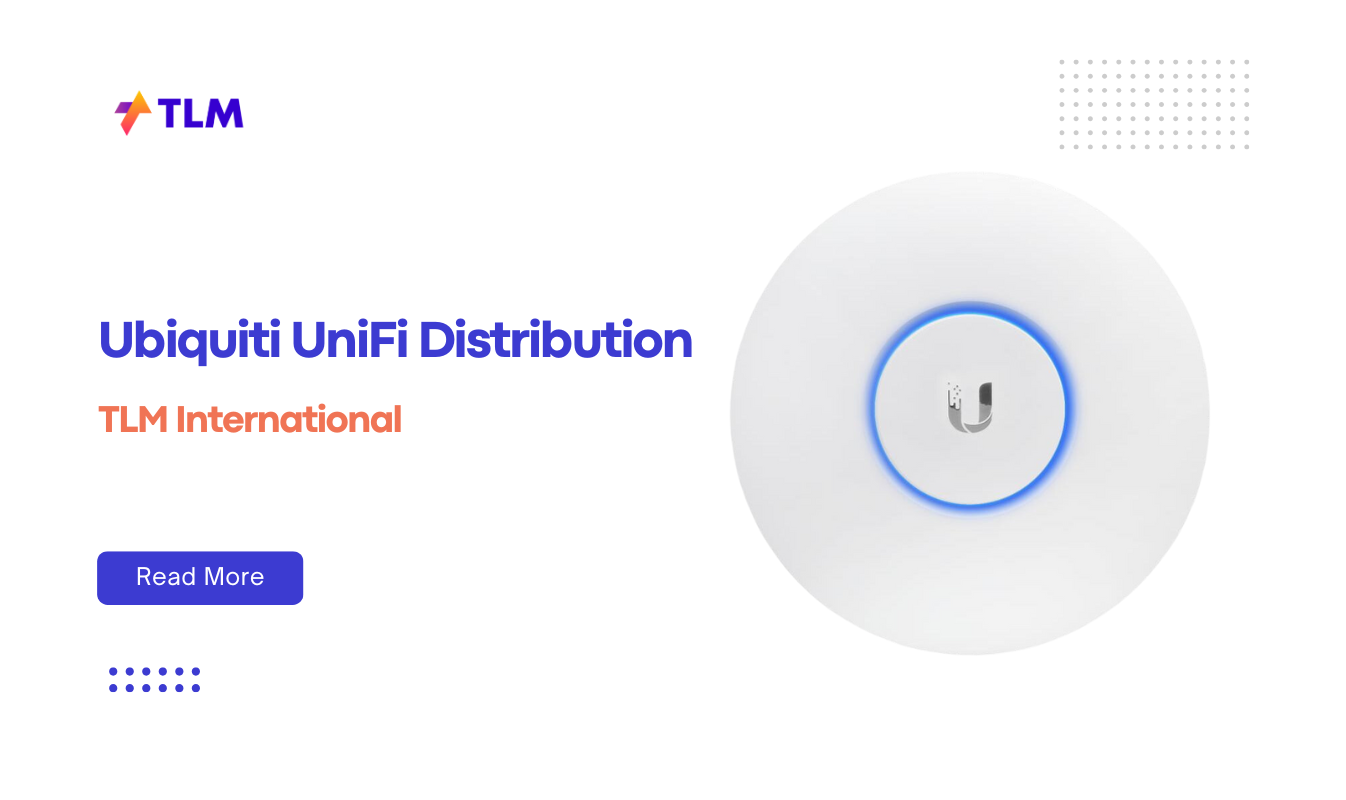Portable air conditioners are a fantastic solution for cooling small spaces like apartments, dorm rooms, or offices. They offer flexibility, ease of installation, and energy efficiency without requiring permanent installation. In this guide, we’ll explore how to choose the best portable air conditioner for your needs, key features to consider, and some top recommendations.
Why Portable ACs Are Ideal for Small Spaces
When space is limited, traditional air conditioning options like central systems or window units may not be practical. Portable air conditioners (PACs) provide a compact and mobile alternative that can be easily moved from room to room. Whether you’re looking to cool a small bedroom or a home office, these units are designed to deliver effective cooling without taking up too much space.
Some key benefits of portable air conditioners include:
- Mobility: Equipped with wheels or handles for easy transportation.
- Compact Design: Perfect for small rooms or areas with limited space.
- Easy Installation: Typically requires only a window venting kit.
- Energy Efficiency: Consumes less power compared to central systems.
Key Features to Consider
Choosing the right portable air conditioner involves evaluating several important factors. Here’s what you need to look for:
1. BTU Rating (Cooling Capacity)
The cooling capacity of a PAC is measured in British Thermal Units (BTUs). The higher the BTU rating, the larger the area it can cool. For small spaces, you’ll typically need:
- 5,000–7,000 BTUs for rooms up to 250 square feet.
- 8,000–10,000 BTUs for rooms up to 350 square feet.
2. Energy Efficiency
Look for units with an Energy Efficiency Ratio (EER) label or Energy Star certification. Features like programmable timers and sleep modes can also help save energy.
3. Noise Level
Since portable ACs are often used in bedrooms or offices, noise level is a crucial factor. Models with noise levels under 55 decibels are ideal for quiet environments.
4. Venting Options
Most portable air conditioners require venting through a window or wall using an exhaust hose. Single-hose models are easier to install but may create negative air pressure in the room. Dual-hose models are more efficient as they use one hose for intake and another for exhaust.
5. Additional Features
Many modern PACs come with extra functionalities:
- Dehumidifier Mode: Reduces humidity levels in the room.
- Air Purifier: Filters out allergens and pollutants.
- Remote Control: For convenient operation.
- Smart Connectivity: Integration with apps or voice assistants like Alexa.
Top Picks: Best Portable Air Conditioners
Here are some highly recommended portable air conditioners based on performance, features, and value:
1. Black+Decker BPP08WTB
- Cooling Capacity: 8,000 BTUs
- Best For: Small rooms up to 250 square feet.
- Features: Quiet operation, dehumidifier mode, remote control.
- Why It Stands Out: Affordable and compact design with excellent cooling performance.
2. Midea MAP14HS1TBL
- Cooling Capacity: 12,000 BTUs
- Best For: Medium-sized spaces up to 550 square feet.
- Features: App control, sleep mode, dehumidifier.
- Why It Stands Out: High-end model with smart features and powerful cooling.
3. Whynter ARC-14S
- Cooling Capacity: 14,000 BTUs
- Best For: Larger spaces or high humidity areas.
- Features: Dual-hose design, high dehumidifying capacity.
- Why It Stands Out: Heavy-duty performance with energy-efficient operation.
4. Haier QPWA14YZMW
- Cooling Capacity: 9,700 BTUs
- Best For: Rooms up to 450 square feet.
- Features: Timer function, app connectivity.
- Why It Stands Out: Mid-range option offering good value and reliable cooling.
Energy-saving features in Portable Air Conditioner
1. Programmable Timers
Programmable timers allow users to set specific times for the air conditioner to turn on or off. This feature ensures that the unit operates only when needed, avoiding unnecessary energy use when no one is in the room or during cooler times of the day.
2. Sleep Mode
Sleep mode adjusts the temperature gradually during the night to maintain comfort while reducing energy consumption. By slightly increasing the set temperature as you sleep, this feature minimizes the workload on the compressor and saves electricity.
3. Energy Saver Mode
Energy saver mode optimizes the operation of both the fan and compressor. When the desired temperature is reached, the fan cycles on and off instead of running continuously, reducing power usage without compromising comfort.
4. Adjustable Thermostat
An adjustable thermostat allows precise control over room temperature. Maintaining a consistent temperature prevents overcooling, which can waste energy. Look for models with digital thermostats for more accurate adjustments.
5. ENERGY STAR Certification
Portable air conditioners with ENERGY STAR certification meet strict energy efficiency guidelines set by the U.S. Environmental Protection Agency (EPA). These units use advanced technologies like high-efficiency compressors and heat transfer systems to minimize energy consumption.
6. Smart Connectivity
Smart portable ACs can connect to Wi-Fi and integrate with mobile apps or voice assistants like Alexa or Google Assistant. This allows users to monitor and control cooling remotely, ensuring efficient operation even when away from home.
7. Self-Evaporative Systems
Self-evaporative systems recycle moisture collected during cooling to improve efficiency. By reducing the need to drain water manually, these systems also enhance convenience while conserving energy.
8. Dual-Hose Design
Dual-hose portable air conditioners are more efficient than single-hose models because they use one hose for intake and another for exhaust, preventing negative air pressure and improving cooling performance
FAQs About Portable Air Conditioners
1. Do portable air conditioners require venting?
Yes, most portable ACs need to vent hot air outside through a window or wall using an exhaust hose. However, evaporative coolers do not require venting.
2. How do I maintain my portable AC?
Regular maintenance includes cleaning or replacing filters every few weeks and ensuring the exhaust hose is free of obstructions. Some models may also require draining water collected from humidity.
3. Are portable ACs energy-efficient?
Portable ACs are generally more energy-efficient than central systems when used in small spaces. Look for models with Energy Star ratings and programmable timers to optimize energy usage.
4. Can I use a portable AC in multiple rooms?
Yes, their mobility allows you to move them between rooms easily. However, you’ll need to set up the exhaust vent in each location.
5. What is the difference between single-hose and dual-hose models?
Single-hose units pull air from the room for cooling and exhaust it outside, which can create negative pressure. Dual-hose models use one hose for intake and another for exhaust, making them more efficient.
Conclusion
Portable air conditioners are a versatile and cost-effective solution for cooling small spaces. By considering factors like BTU rating, energy efficiency, noise level, and additional features, you can find a unit that perfectly suits your needs. Whether you’re looking for a budget-friendly option or a high-performance model with smart features, there’s a portable AC out there for everyone!






